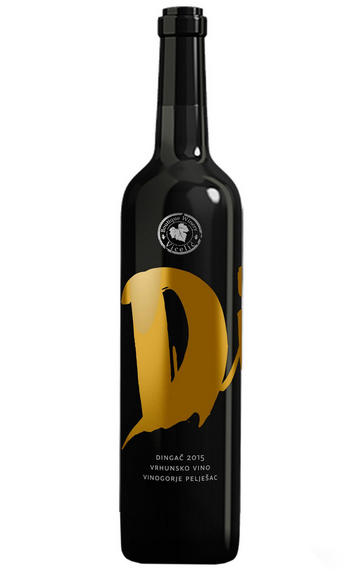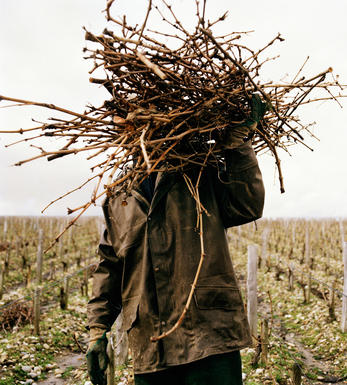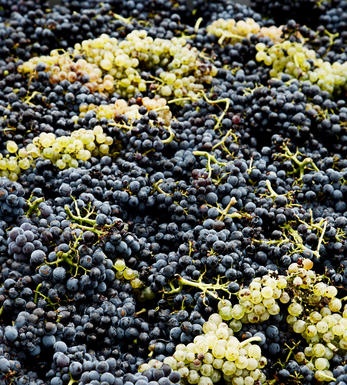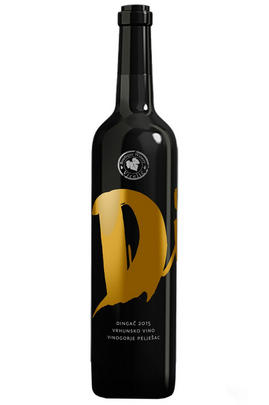
About this WINE

Mateo Vicelic
Mateo Vicelic has dedicated himself to re-vitalising this stunning limestone vineyard site that slopes from 1800 feet down to the coast.
His great grandfather achieved acclaim for the full-bodied red wine from the native Plavac Mali grape, a relative of Zinfandel, but the war years and subsequent austerity made wine-making for anything other than personal use not viable.
Now producing only 10,000 bottles from 3.5ha, but with plans to re-plant some of the additional 6ha in family ownership, there are just two wines produced, the early drinking, medium-bodied and aromatic red Plavac , and the more serious and ageworthy Dingac.

Plavac Mali
Plavac Mali is the literally named "small blue wine grape" of Croatia that is that country’s most important red grape, and the first to have an appellation (Dingač, on the Adriatic coast) dedicated to it.
On south-facing slopes it creates ageworthy, full-bodied, structured wines with black fruit character and no lack of alcohol, as befits a relative of Zinfandel. Elsewhere it makes lighter, less powerful wines. The grape variety was first recorded in 1841, but has been cultivated and prized for its powerful wines for centuries before that.



Buying options
Add to wishlist
Description
Mateo’s Plavac Mali vines roll oh-so-gently down a southwest facing slope towards the azure waters of the Adriatic. On a calm, sunny day it’s hard to imagine a more tranquil spot. So this wine, more Steppenwolf than Debussy, comes as something of a surprise. Mateo chooses, quite rightly, to celebrate rather than disguise the grape’s natural exuberance.
This wine is unapologetically big, with powerful aromas of red plum, sweet spice and a generous layer of oak. And yet it works: Plavac Mali gives tannic wines, high in alcohol and rich in flavour, which respond well to lengthy oak-aging (in this case 18 months in new and used French and American barrels). This should appeal greatly to fans of high quality Californian Zinfandel. Since it’s related to Zin, Plavac Mali is also a relative of Primitivo, so why not try Dingac with a hearty ossobuco?
wine at a glance
Delivery and quality guarantee